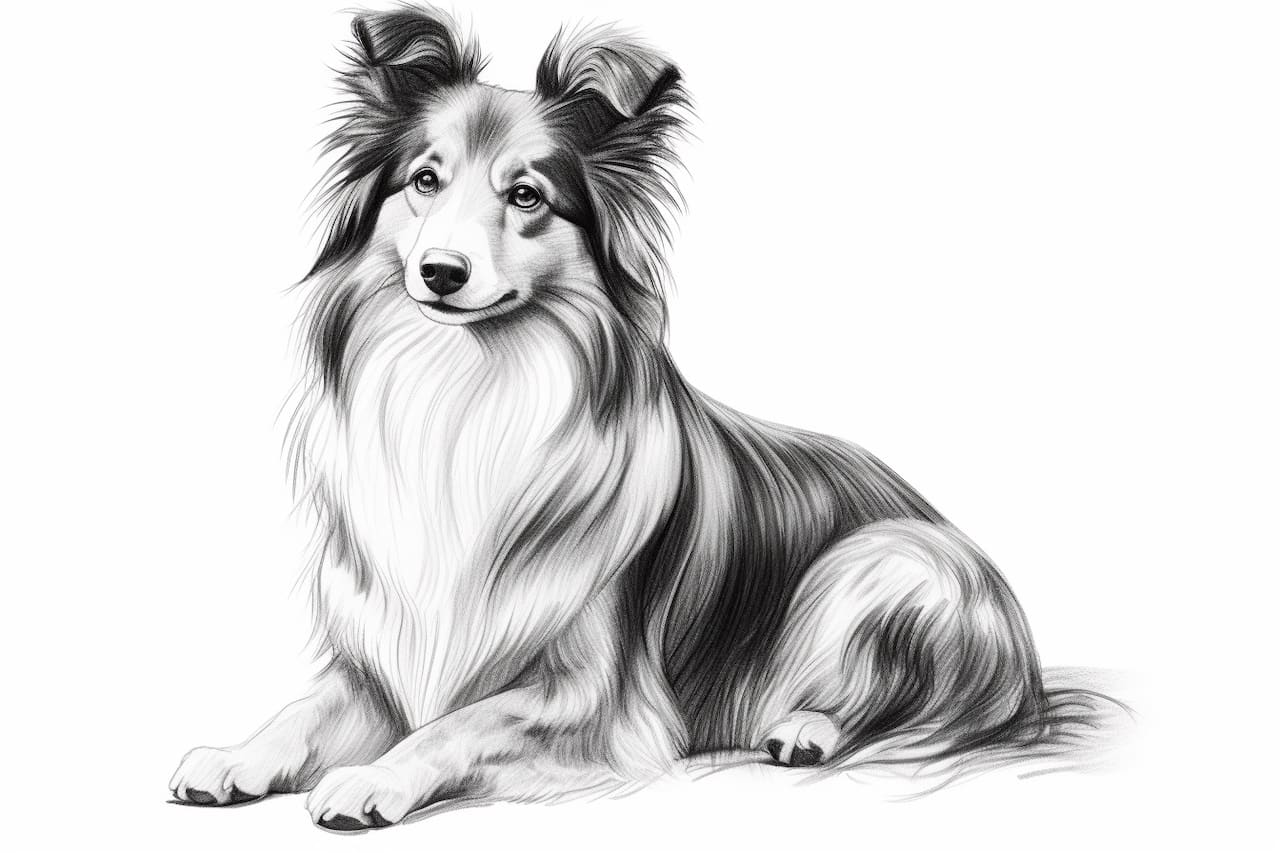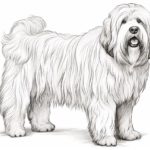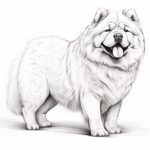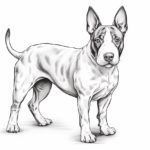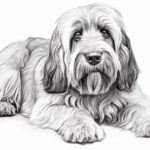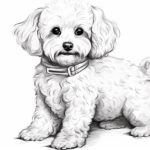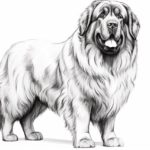Welcome to this step-by-step guide on how to draw a Shetland Sheepdog! Whether you are a beginner or an experienced artist, this tutorial will help you capture the essence of this beautiful breed. Shetland Sheepdogs, also known as Shelties, are intelligent, agile, and have a distinct appearance with their long fur and expressive eyes. So, let’s grab our drawing materials and get started!
Materials Required:
To begin drawing a Shetland Sheepdog, you will need the following materials:
- Paper: Use a smooth-surfaced paper that is suitable for drawing, such as drawing paper or sketch paper.
- Pencil: Choose a range of pencils with different lead hardness, such as 2B, 4B, and 6B. These pencils will allow you to achieve different levels of shading and detail.
- Eraser: Have a kneaded eraser or a soft eraser on hand to correct any mistakes or lighten areas of your drawing.
- Blending Stump: A blending stump or tortillon helps you achieve smooth shading and blending of tones.
- Reference Image: Find a clear and well-lit reference photo of a Shetland Sheepdog to guide your drawing.
Now that you have your materials ready, let’s dive into the step-by-step process of drawing a Shetland Sheepdog!
Step 1: Sketch the Basic Shape
Begin by sketching the basic shape of the Shetland Sheepdog using light, loose lines. Focus on capturing the overall proportions of the body, including the head, body, and tail. Keep in mind that Shelties have a long and elegant body, so try to convey that in your initial sketch.
Step 2: Add Facial Features
Now, let’s work on the facial features of the Shetland Sheepdog. Start by sketching the eyes, which are typically almond-shaped and expressive. Pay close attention to the position and angle of the eyes as they play a crucial role in capturing the essence of the breed. Next, draw the nose, making sure it is proportional to the rest of the face. Finally, add the ears, which are usually erect and triangular in shape.
Step 3: Refine the Body
After completing the facial features, proceed to refine the rest of the body. Add in the details of the chest, legs, and tail. Shetland Sheepdogs have a dense double coat, so make sure to portray the texture of their fur by adding short, curved lines to represent the individual strands.
Step 4: Enhance the Expression
To make your drawing more realistic and lifelike, focus on enhancing the expression of the Shetland Sheepdog. Pay careful attention to the shape and position of the eyebrows, as they often play a significant role in conveying emotions. Add details to the eyes, such as the pupils, iris, and highlights, to make them more vibrant and lifelike. Remember to maintain a balance between the light and dark areas to create depth and volume.
Step 5: Shade and Add Depth
Now it’s time to add shading and depth to your drawing. Start by identifying the light source and determine its direction. Use your pencils with different lead hardness to create a range of values, from light to dark. Apply light pressure for lighter areas and gradually increase the pressure for darker areas. Use your blending stump to blend the tones smoothly, creating a seamless transition between different values.
Step 6: Refine the Details
In this step, take a closer look at the details of the Shetland Sheepdog and refine them further. Pay attention to the texture of the fur and add more defined strands using short and precise strokes. Take your time to add any necessary wrinkles, folds, or creases to make the drawing more realistic. Don’t forget to consider the unique markings, if any, that may be present on the Shetland Sheepdog’s coat.
Step 7: Finalize and Add Contrast
As you near the completion of your drawing, take a step back and assess the overall composition. Make any necessary adjustments to ensure the proportions and features are accurate. Pay special attention to the contrast between light and dark areas, as it adds depth and dimension to your drawing. Use your eraser to lighten areas that are too dark and touch up any areas that need refining.
Conclusion
Congratulations! You have successfully learned how to draw a Shetland Sheepdog. By following these step-by-step instructions and using your artistic skills, you have captured the unique characteristics of this beautiful dog breed. Remember, practice makes perfect, so keep honing your drawing skills and exploring different subjects. Now go grab your pencils and create your own masterpiece!

